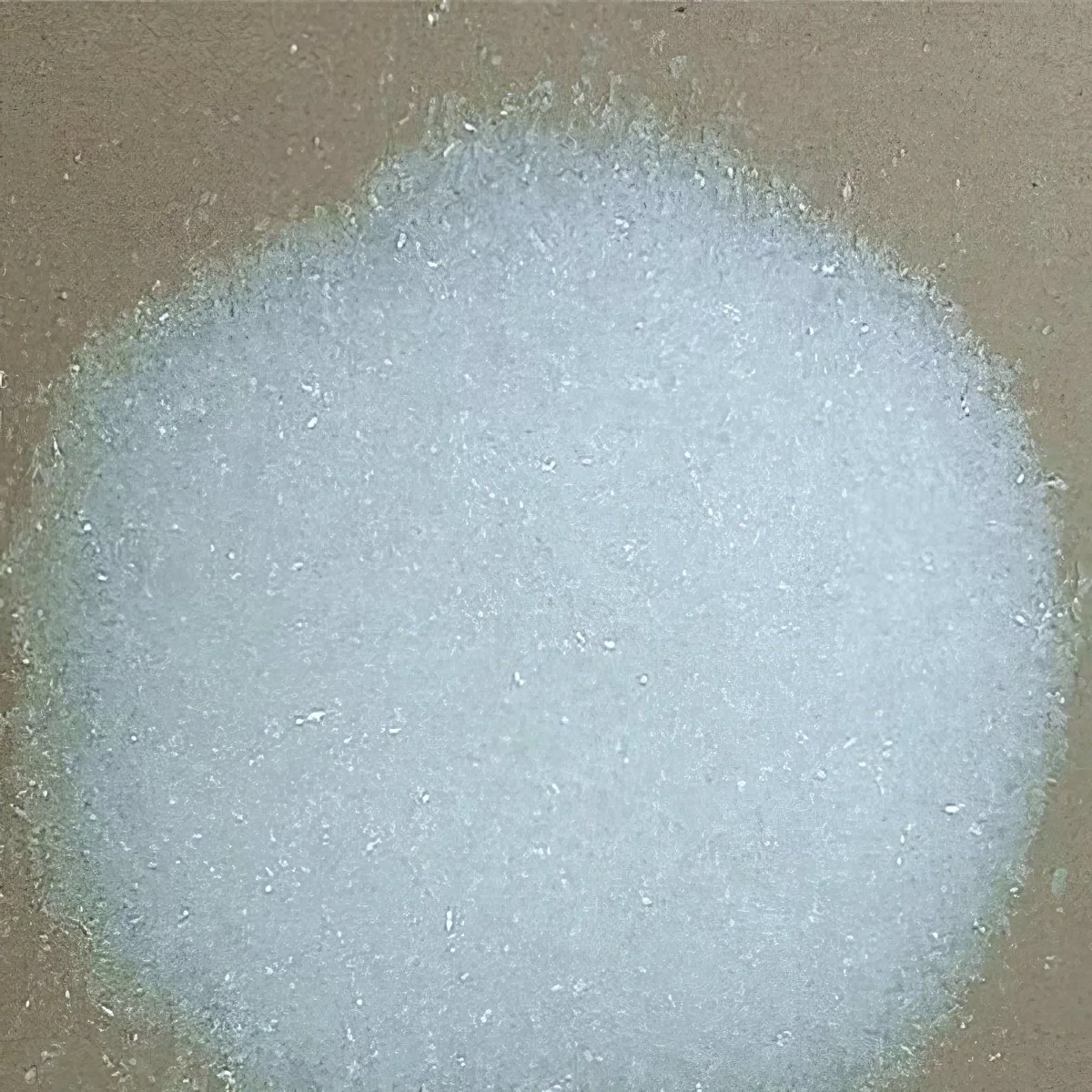



polyacrylamide flocculant water treatment
The Role of Polyacrylamide Flocculants in Water Treatment
Water treatment is a critical process that ensures clean and safe water for human consumption, agriculture, and industrial applications. Among various methods and compounds used in water treatment, polyacrylamide (PAM) flocculants have gained significant attention for their efficiency and versatility. This article explores the importance of polyacrylamide flocculants in water treatment, their mechanisms, and applications.
Polyacrylamide is a synthetic polymer that is water-soluble and commonly used as a flocculant to promote the aggregation of suspended particles in water. The process of flocculation involves the formation of flocs, which are clusters of particles that can be easily settled or removed from water, thereby clarifying it. Polyacrylamide flocculants can be anionic, cationic, or non-ionic, and the choice of type depends on the characteristics of the water to be treated and the specific contaminants present.
One of the primary mechanisms by which polyacrylamide flocculants enhance water treatment is through the bridging effect. When added to a water body containing suspended particles, the long-chain structure of PAM allows the polymer to entrap multiple particles, forming larger aggregates or flocs. This process significantly increases the settling velocity of the particles, facilitating their removal by sedimentation or filtration.
polyacrylamide flocculant water treatment

Polyacrylamide flocculants are particularly effective in treating industrial wastewater, where they can help in the removal of colloidal substances, heavy metals, and other contaminants. In mining operations, for example, PAM is used to clarify tailings water, which can otherwise be polluted with fine particles and chemicals. Similarly, in municipal wastewater treatment plants, polyacrylamide aids in the clarification process, leading to improved effluent quality.
Furthermore, the use of polyacrylamide flocculants extends to agriculture, particularly in soil stabilization and irrigation management. By applying PAM to reduce soil erosion and improve water retention, farmers can enhance soil health and crop yield. The polymer's ability to form a gel-like substance when wet helps in maintaining soil structure, allowing for better moisture retention and nutrient delivery.
Despite its numerous advantages, the use of polyacrylamide flocculants is not without concerns. One major issue is the potential toxicity of some PAM formulations, especially cationic variants, to aquatic life if not properly managed. Therefore, it is crucial for water treatment facilities to monitor the type and quantity of PAM used and ensure that it complies with environmental regulations.
In conclusion, polyacrylamide flocculants play a vital role in enhancing water treatment processes by promoting particle aggregation, improving clarification, and facilitating the removal of contaminants. Their applications span across various sectors, including industrial, municipal, and agricultural water management. As the demand for clean water continues to grow, the development and optimization of polyacrylamide use in water treatment will be essential for sustainable water resource management. Responsible use, along with effective monitoring, will ensure that the benefits of polyacrylamide flocculants are realized while minimizing any potential environmental impacts.
-
Why Sodium Persulfate Is Everywhere NowNewsJul.07,2025
-
Why Polyacrylamide Is in High DemandNewsJul.07,2025
-
Understanding Paint Chemicals and Their ApplicationsNewsJul.07,2025
-
Smart Use Of Mining ChemicalsNewsJul.07,2025
-
Practical Uses of Potassium MonopersulfateNewsJul.07,2025
-
Agrochemicals In Real FarmingNewsJul.07,2025
-
Sodium Chlorite Hot UsesNewsJul.01,2025










